The ancient port city of Caesarea is home to a well-preserved archeological park, magnificent views, a beautiful beach, and lovely cafes.
About Caesarea
Caesarea, a short drive north of Tel Aviv, is an ancient port city whose construction was initiated in 22 BC by King Herod the Great. Caesarea was a grand city - the first city in the Holy Land which had advanced urban planning down to the last detail! It is located on the white dunes south of the Carmel, and it was chosen to be a deep sea harbor with an artificial breakwater- the largest of its kind in the Mediterranean Sea. The city of Caesarea, named by King Herod after Augustus Caesar who endowed it with the majority of its great public buildings, infrastructure, and monuments, was added to the port and became the capital of Roman and Byzantine Palestine.
A significant portion of the spice trade, healing materials, and incense from Southern Arabia and the East was channeled by King Herod from the ports of Gaza and Jaffa to Caesarea. The profit from taxes and duties imposed on the expensive goods was huge and was used by the king to finance his many construction projects. In the large port, about a hundred ships could dock at the same time, and Yosef ben Matityahu, the historian of the period, notes that it was larger than the port of Piraeus and a thriving commercial hub.
Herod, who was despised by many of his people, also built Caesarea as a port of refuge. The city’s residents were his loyalists, allowing him a clear escape route to Rome should a revolt arise.
For Herod, who was devoted to the Roman Empire, Caesarea provided a foundation for the spread of Roman culture in Judea. He built a amphitheater in the city which has been restored, two hippodromes for chariot races, a huge and remarkable two-part (inner and outer) harbor, a nearby palace on the sea, warehouses for grain, oil, and wine, and a magnificent bath house. He also built a large temple above the harbor dedicated to his patron, Augustus, after whom both Caesarea and Sebastia in Samaria were named. There is a lighthouse overlooking the city whose remains are in the corner of the small fishing port.
For Christians, Caesarea is significant as it was the city where Pontius Pilate ruled during the time of Jesus; the site where Simon Peter converted Cornelius, the Roman; and, during the 3rd and 4th centuries, it became an important center of the Christian Roman Empire.
In the 7th century, the Muslims captured the city and partially destroyed it. While Caesarea never again regained its status, it was captured by the Crusaders in the 11th century, and its fortress walls were refortified. In the mid- 13th century, Caesarea was reconstructed by Louis IX, but, upon falling to the Mamluk sultan in 1265, the city was destroyed and left in ruins until the end of the 19th century.
The Caesarea National Park is home to the well-preserved amphitheater which is not only a remarkable relic of the past, but a present day, popular location for performances, including many concerts. From the inside of the amphitheater there is a spectacular view of the Mediterranean. Other highlights of the park include the Reef Palace, the inner courtyard of the guest wing of Herod’s glorious palace with pillars facing the sea. Other remains of the palace can be seen, as well, though portions are submerged in the sea. The “Caesarea Experience” tells the story of the city’s history, and the archaeological park displays archaeological relics that were found all over the park. The Crusader gate has been reconstructed, and the area of the ancient port around which the Crusader city was built is a modern entertainment area with cafes, restaurants, and galleries. You’ll also find the Sculptures Park and the Caesarea Harbor Visitors’ Center with artifacts discovered underwater and a film about the life of King Herod. Today's port is much smaller than the Herodian port, and most of its breakwaters sank into the sea, but you can still see some of the old piers under the temple hill.
The small mosque near the waterfront tells the story of Muslim families from Bosnia who were resettled by the Turks. Next to it are several restaurants and cafes overlooking the harbor and the sea – a great place for lunch or just a coffee break. Inside the harbor there is also a bathing beach.
From Caesarea you can continue on a tour of the beautiful town of Binyamina, visit the burial plot of Baron Edmond de Rothschild who was a great supporter of Jewish settlement in Israel, and end with a visit to one of the famous wineries in nearby Zichron Ya'akov. L’Chaim!
Popular Itineraries
Traveled by thousands
Caesarea Hotels
by

Attractions in Caesarea
- Caesarea Archaeological Site
- Town Center, Caesarea
- Beach, Caesarea
- Caesarea Ralli Museum



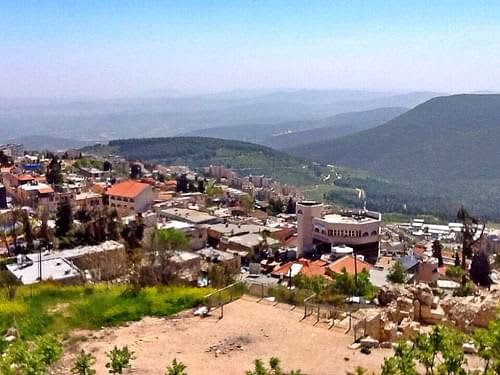
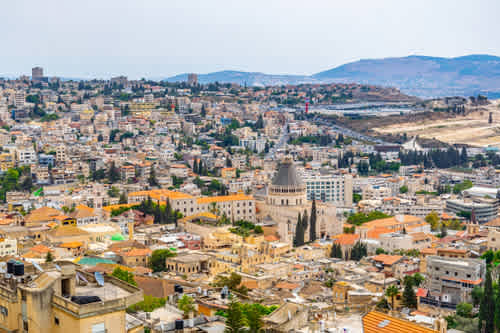



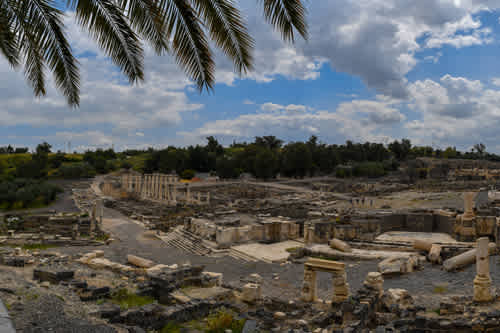


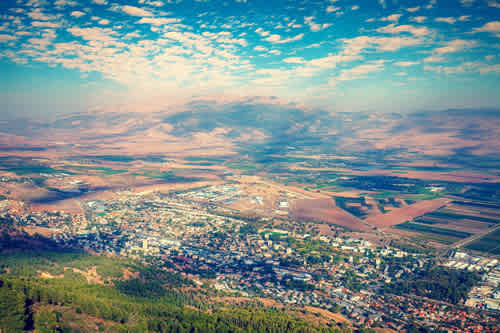
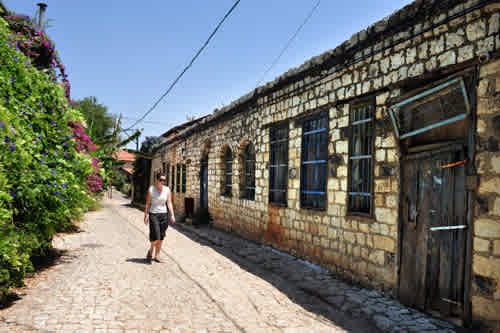

 Travel Perks
Travel Perks